How to Warm Up Before Swimming
- 24 Jan 2017
Warming up properly is key to getting an effective and injury-free workout. This is true of any sport. There have been numerous studies conducted around the area of stretching, warm-ups and the effect it has on athletic performance.
The warm-up is designed to fire-up your body's energy systems, and it's a great opportunity to mentally prepare for the physical exertion that lies ahead.
Pre-Workout Stretches
Because swimming is an all-over workout you'll want to try to stretch as 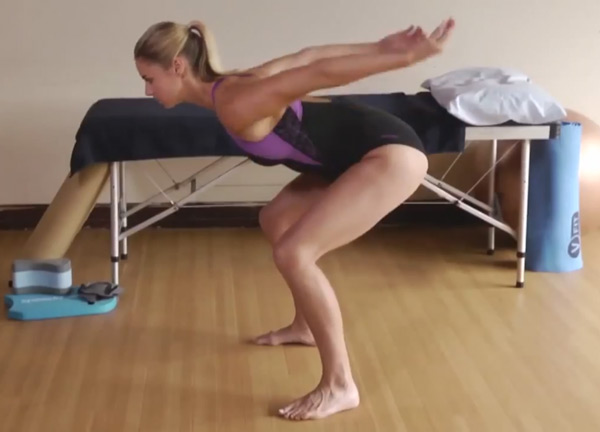
Stretching is arguably the most important part of your warm-up. The goal here is to literally warm up your muscles (actually, they should be warmed up a little before you even start stretching). The advice these days is to try to avoid a lot of “static stretching” if you want to achieve optimum performance in the water. A static stretch is a type where you hold the muscle in a stationary position for an extended period of time.
The advice these days is to use “dynamic stretching” techniques to get the most out of your workout. A dynamic stretch is more like slow controlled movement rather than remaining still and applying pressure/pull to a muscle as in stationary stretching. Dynamic stretching incorporates such actions as hip rotations, arm circles, leg swings, jumping jacks and even flowing yoga-like movements.
I could try to explain exactly which type of exercises you can incorporate into your warm-up but I feel that this short video from Speedo will give you a better idea:
Warming-up in the water
Once you've completed your pre-workout stretches, it's time to hit the water! But don't think you're safe just yet, don't dive straight in and go to 100% effort, that would be bad. You'll want to ease yourself into the workout to give your body a chance to realise that you're going to be pushing it hard and have time to adapt.
For your warm-up, you'll want to only use about 50% of your maximum effort. This is an excellent chance to concentrate on stroke technique, feel the water, and try to achieve the maximum distance-per-stroke.
Many swimmers find that when they're going at 100% effort their stroke technique can suffer because their concentration is more focused on generating power and they get distracted from achieving a decent technique. Your warm-up is a time when you can forget about how fast you're going and spend some time just enjoying your swim and thinking about your technique.
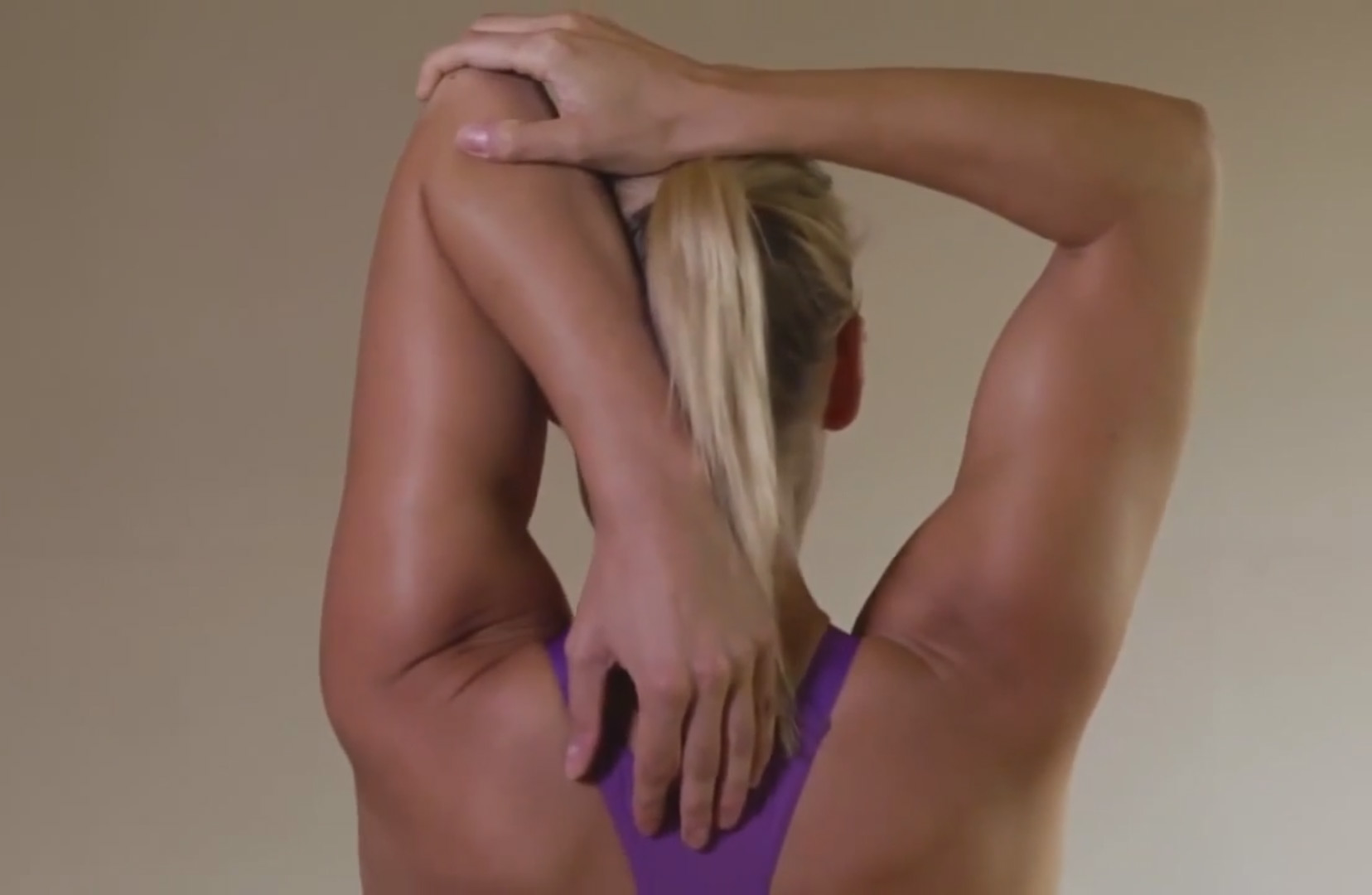
Example warm-up sets
- 200m swim, 200m pull, 200m kick, 200m swim
- 400-500m swim
- 2-4 x (150m free, 50m other)
- 2-4 x 400m (150 free, 50 non-free - repeated twice)
- 400m swim, 300m pull, 200m kick, 100m drill choice
- Or just complete an easy 10-15 minute swim of whatever stroke/s you feel like doing.
Tips for your warm-up
- Give yourself plenty of time. - If you have to be in the water at 7:00pm exactly then don't arrive at the pool for 6:50pm. Leave yourself at least 30 minutes from arriving at the pool to the time when you're expected to be in the water. This way you won't feel rushed and you'll be able to concentrate on completing an effective warm-up that will set you up for the session ahead.
- Concentrate on relaxing your joints and achieving the maximum distance-per-stroke during your swim warm-up.
- Use dynamic stretching techniques instead of static stretching.
- Your entire workout session should represent a gradual build-up in intensity. So, start slow during the warm-up and gradually work your way up to 100% effort during the main set.
- Don't forget to cool down at the other end!


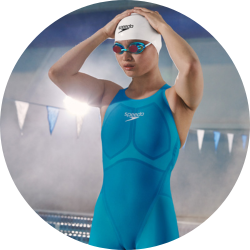



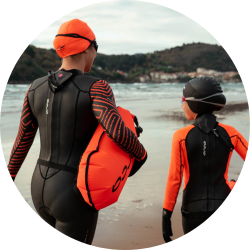
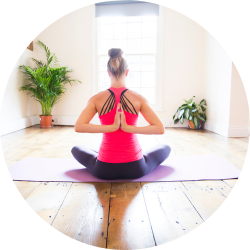

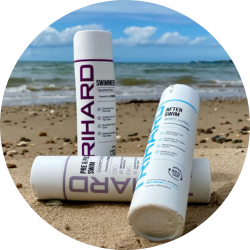
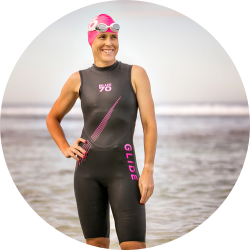




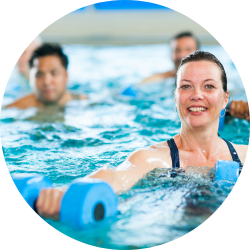































































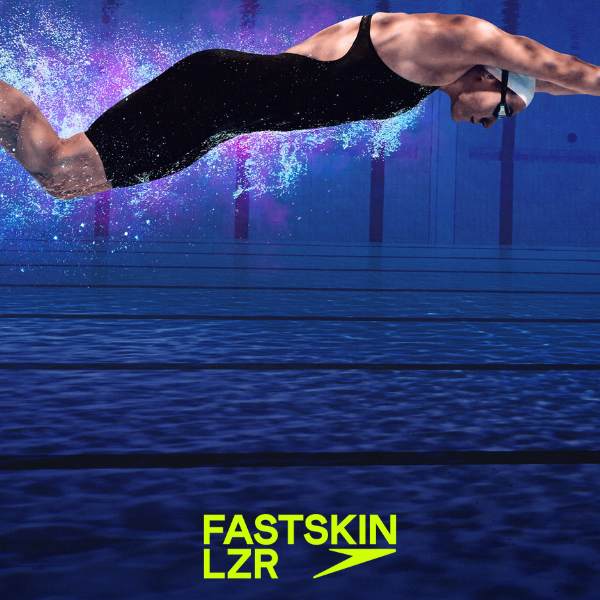
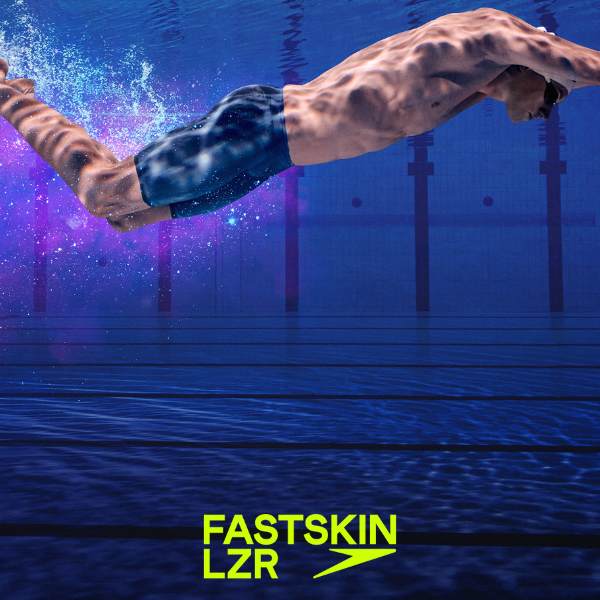










Validate your login